



























SOUTH AFRICAN AIR FORCE MUSEUM - A BRIEF HISTORY
By Compiled by Col Graham Du Toit (Historical Research Officer)
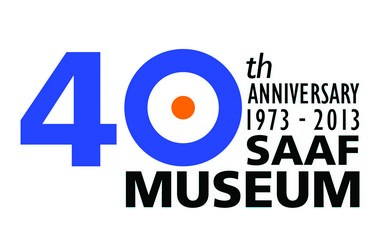
MOTTO: CUSTODIA TRADITIONES
(“Custodian of traditions”)
1973 - 2013
No interest was initially shown towards the preservation of aircraft during the early years of the South African Air Force and it was only during the Second World War that interest was shown towards the conservation of military equipment when the official historian of the Union Defence Force put forward the idea of a War Museum in July 1941. The South African War Museum in Johannesburg was established in 1942. The suggestion to establish a separate SAAF Museum appears to have been ignored.
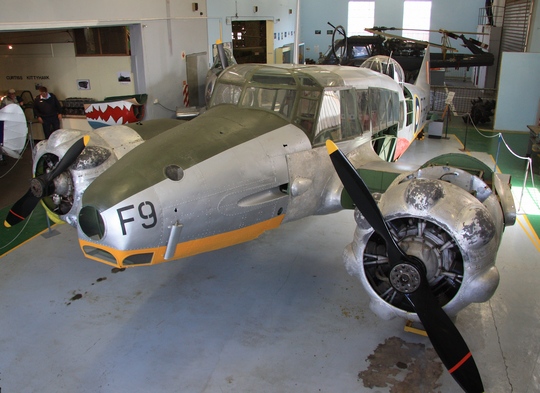
When the SAAF held its 50th Anniversary celebrations during 1970, it had little material evidence to reflect on a rich aviation history which included participation in both World Wars, the Berlin Airlift and the Korean War. It was at this stage that the South African National War Museum was rejecting numerous donations of historical aircraft due to a severe lack of storage space. The situation deteriorated to the point where the War Museum disposed of its rare Tutor, Wapiti and Fury. The Ju-52/3m and a Ju-88 which had fallen into a state of disrepair while stored outdoors were also disposed of. During the celebrations, Lt. Gen. Sir Pierre van Ryneveld, father of the SAAF, remarked on this sad state of affairs and it was only then that the SAAF began to realise its need for preserving its historical aircraft as was happening abroad. Not long after, retired SAAF aircraft began appearing as gate guardians at base entrances.
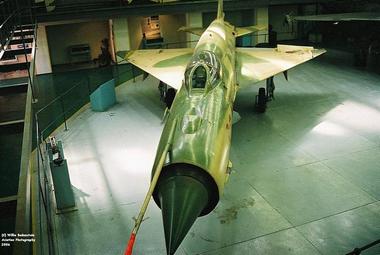
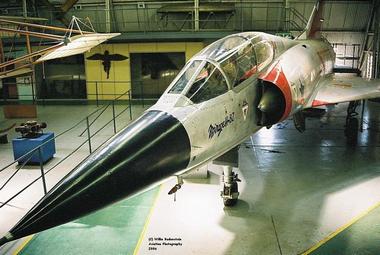
It was not until 14 May 1973 that the Chief of the SA Defence Force gave approval in principal for its formation following the tireless efforts of 24 Squadron wartime veteran and author Col Peter M.J. McGregor. On 26 October 1973 official Government approval was obtained through the offices of the Minister of Defence, the Honourable P.W. Botha which meant that official efforts to preserve South Africa's military aviation heritage could now begin. It was not long before the Museum faced the problem of lack of storage space, a dilemma that continues to frustrate preservation efforts to this day.
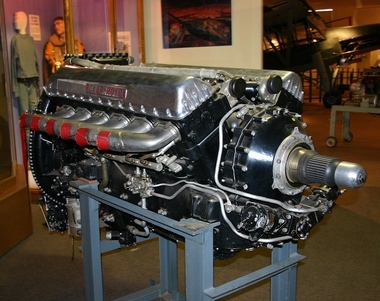
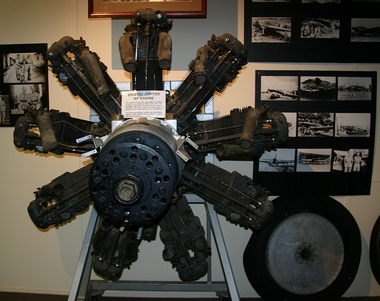
Under the initiative of Colonel McGregor, the SAAF Museum's first Officer Commanding, a small staff was gathered together for the purpose of documenting the history of the SAAF and gathering together those aviation relics which had survived the ravages of time. Before long a steady stream of photographs, logbooks, uniforms, medals, aircraft parts and other items were reaching the Museum and arrangements were made to store a number of aircraft which had survived in the absence of a formal preservation policy. The objects and aims of the Museum were initially set out as follows:
· To collect, preserve, restore and exhibit articles and records pertaining to the heritage and traditions of the SAAF and military aviation associated therewith.
· To cultivate an interest and educate the general public, particularly the youth, in military aviation.
· To undertake detailed research into and to accumulate and disseminate information and knowledge relating to the history and traditions of the SAAF.
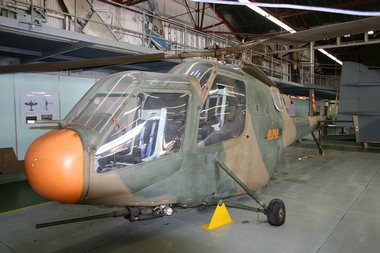
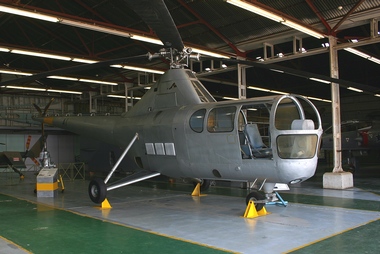
On 23 November 1973 authority was granted for the partial use of No. 13 Hangar at AFS Snake Valley and in less than ten days, the fledgling Museum acquired its first airframe namely a Lockheed PV-1 Ventura 6487 that had been used by Prime Minister J.C. Smuts as a VIP transport, and was donated by the SA Medical Corps Training School who had used it for ground training for the loading of casualties. Other aircraft and memorabilia that were collected included parts of a Ju-86, the first SAAF aircraft to see action in the Second World War, parts of an Italian Fiat aircraft, the first victim of a SAAF kill, as well as a Swastika cut from a Messerschmitt. Among the first donations received, was a collection of items gathered by the SAAF's founding father, General Sir Pierre van Ryneveld, during his epic flight from Brooklands in the United Kingdom to Youngsfield in Cape Town in February/March 1920.
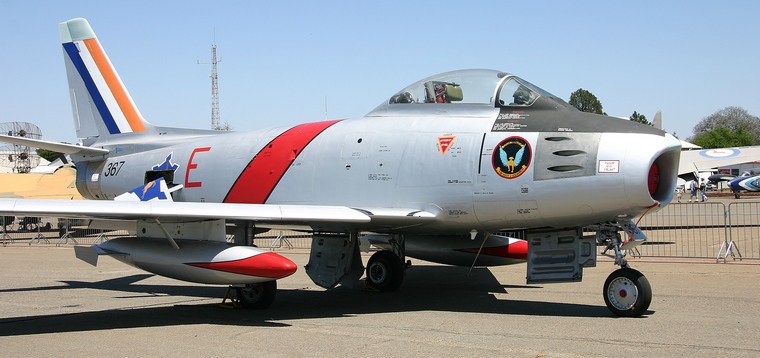
The lack of space experienced by the South African War Museum (later renamed the South African Museum of Military History) in Johannesburg benefited the SAAF Museum in that it was able to acquire another prize airframe in the form of an authentic Luftwaffe Fieseler Storch in February 1974. Initially on loan, the aircraft was later presented as a gift to the SAAF Museum on 13 May 1976. The nature of post-World War II aircraft disposal in South Africa meant that many airframes had been purchased by private individuals for all manner of purposes, and the Museum now set about attempting to retrieve those easily available with the assistance of civilian enthusiasts.
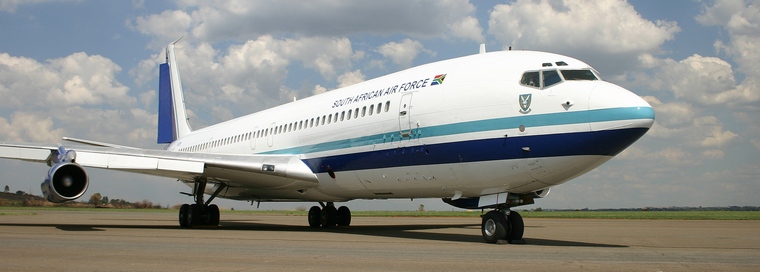
A nationwide search was undertaken for airframes and components and this resulted in the recovery of five Ventura's from a Cape farm, large sections of Spitfires and a Sikorsky S51 from a Cape Town scrap yard and numerous Avro Anson components from gardens and farms, mainly in the Eastern Cape. Components were serving as everything from parrot cages to water pump covers. Dave Becker who was later to become Chief Technical Research Officer at the Museum together with Roger Best of East London, were instrumental in locating and recovering several Avro Anson airframes and components in the Eastern Cape.
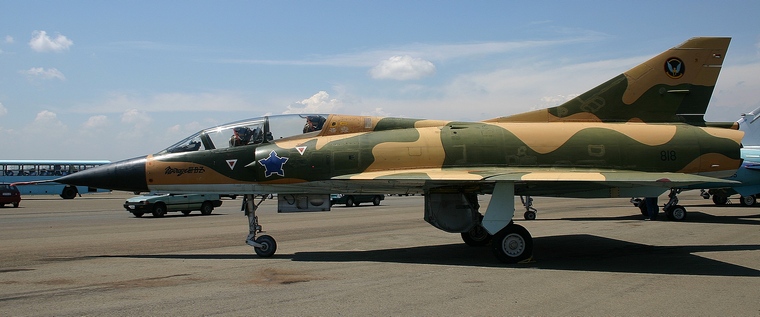
During October 1975 the Museum was introduced to the public for the first time when it displayed at the Air Africa International Air Show at Lanseria Airport. This event raised the Museum's profile significantly. The offer of storage facilities by the management at Lanseria Airport brought welcome relief after the Museum had been given notice to evacuate the Snake Valley premises in August 1976. A significant milestone was reached on 30 December 1979 when the Fieseler Storch completed its maiden post-war flight following restoration by 1 and 15 Air Depots at Voortrekkerhoogte and on 29 March 1980, the SAAF Museum Workshop was officially opened at Lanseria by the Chief of the SAAF, Lt-General A.M. Muller and this event coincided with the unveiling of the Museum's first permanent display at the facility.
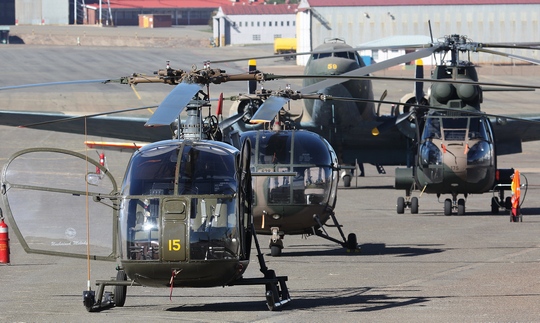
Aside from aircraft and memorabilia, the SAAF Museum had also become a vital repository for private photographic collections depicting the SAAF's humble beginnings and expansion through World War II. Flying logbooks and personal documents and papers donated by the country's airmen formed the backbone of efforts to collate and accurately document history through the eyes of the men and women who had lived it.
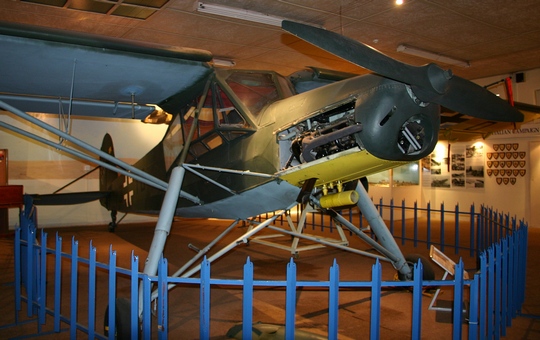
The 1980's brought a further boost with the creation of a civilian support organisation called “The Friends of the SAAF Museum” in Johannesburg. This organisation was manned by volunteers offering vital skills and services to the SAAF Museum at no cost. The “Friends” concept was expanded to Cape Town through the efforts of Captain R.B.O. Hellyer who led a move to create a satellite museum in the Cape from 1982. During 1984 premises were allocated at AFB Ysterplaat and on 23 October 1987, a well-equipped Museum was presented to the SAAF by the Cape Town Friends during a gala function. Friend's branches were subsequently formed in Pretoria, Nelspruit, Durban and Port Elizabeth where Mr G. Pullin was instrumental in the establishment of a second satellite Museum based at the Port Elizabeth airport in June 1992.
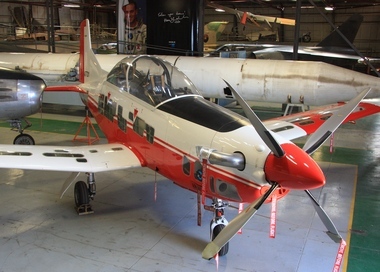
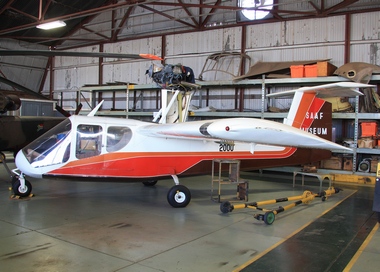
The 1970's had seen the Museum's foundations being firmly laid but the following next ten years truly shaped the unit. Among notable aircraft received were an ex-Southern Rhodesian Percival Provost in 1982, Airspeed Oxford from the United Kingdom in exchange for a Ventura in 1984 and former Dominican Air Force North American P-51D Mustang in 1987. With so many aircraft being donated to the Museum, the problem from the outset was how to restore them either to static display or airworthy condition with limited available resources. A number of different approaches were developed over the years. One of the most fruitful was the allocation of aircraft projects to SAAF Squadrons, Air Depots and civil aviation apprentice schools. Work had begun at Reutech to restore the Spitfire to airworthy status in 1985, but a combination of manpower and financial limitations meant it would be another ten years before the aircraft returned to the skies while the Mustang began receiving attention from 1988.
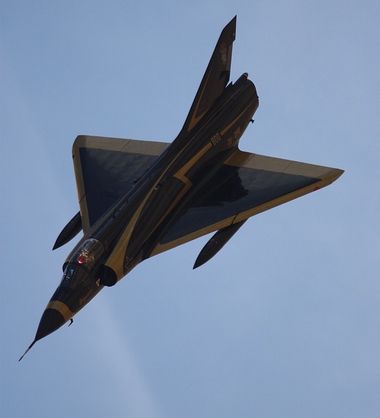
Several operational SAAF Squadrons had volunteered to undertake restoration work on airframes and 17 Squadron efforts returned an Alouette II to the air in September 1982, while 19 and 41 Squadrons followed suit with a Sikorsky S-55 and the Provost respectively. 35 Squadron made substantial progress on a Dornier Do-27 before the project was shelved due to budgetary constraints. A De Havilland Chipmunk, Hornet Moth and Vampire T.Mk55 completed the Historical Flight which proceeded to win several awards at the annual Experimental Aircraft Association gatherings at Margate. In the Cape, meanwhile, restoration of a Vampire FB.Mk5, Sabre Mk.6 and a PV-1 Ventura to static display standard was underway.
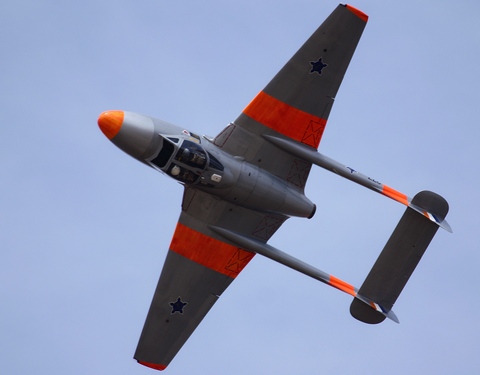
Rationalisation throughout the South African Air Force during the early 1990's brought with it multiple airframes for the Museum, compounding the problem of storage facilities. Between October 1990 and December 1992 the Cape Town branch received two Westland Wasps, a Mirage IIIR2Z, Super Frelon, Buccaneer, Albatross, Shackleton, Canberra, Impala Mk1 and Mirage F-1CZ. The parent Museum, now spread between Zwartkop and Lanseria took delivery of Mirage III's, Buccaneers, Canberra's, a Wasp, Super Frelon, F-1CZ, DC-4 Skymaster, Bosbok and Kudu.
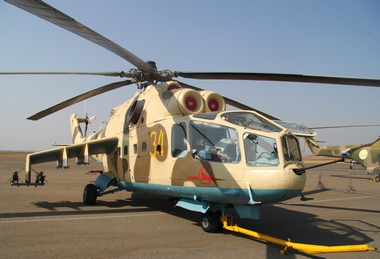
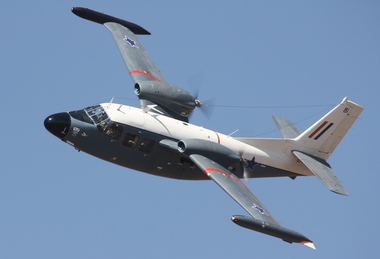
The SAAF's relocation from Lanseria back to Zwartkop in 1991 saw the last of the Museum exhibits transfer back to Zwartkop where the unit was finally amalgamated with the Headquarters now permanently located at Zwartkop. The new amalgamated unit was officially opened on 15 May 1993 and as part of the day's proceedings, a C-160 Transall was delivered to the unit by 28 Squadron. This was subsequently followed by a Dakota, Impala Mk I and Mk II, two Harvard's and several Puma Helicopters as the latter were officially phased out of service. The satellite museum in Port Elizabeth received a Kudu and Harvard to complement the Vampire, Westland Scout and Oxford restoration project underway. On 5 October 1995 the restored Spitfire finally returned to the air and, after a series of adjustments to its maintenance programme, made its public debut at a museum flying day on 20 April 1996. This was followed by the Mustang on 13 October 1998 and finally the Canadair Sabre Mk.6 in April 2000.
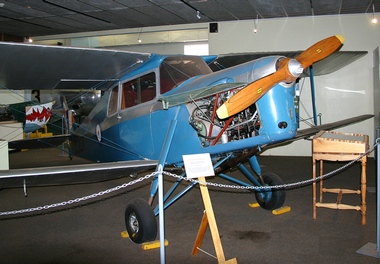
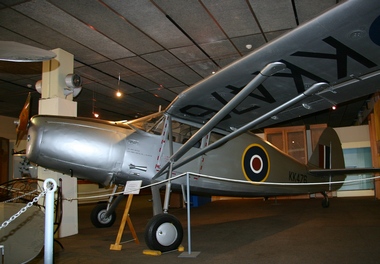
Unfortunately, along with the responsibility of operating vintage aircraft comes the prospect of accidents to which the SAAF Museum has not been immune. In the most publicized of incidents, Shackleton 1716 was force-landed in Mauritania on 13 July 1994 following engine failure while en route to the United Kingdom for a series of summer air show appearances. The crew and passengers survived through the superb airmanship of Major E. Pienaar and Major P. Dagg, but the aircraft was abandoned in the desert. On 2 May 1995 the S-55 helicopter was extensively damaged during a forced-landing while practicing for VE Day celebrations at the South African National Museum of Military History in Johannesburg, the five passengers and crew escaping with light injuries. Damage to the airframe precluded its repair. The loss of another Museum aircraft and the first fatality occurred on 19 March 1989 when Lt-Colonel Rick Culpin crashed while flying in the Provost at Zwartkop. The SAAF Museum Officer Commanding Lt-Colonel Neil Thomas had a miraculous escape on 15 April 2000 when Spitfire IXe TE213 suffered engine failure and crashed through a security wall while approaching to land at Zwartkop during an air display. He had another close encounter on 6 May 2001 when he had to carry out a wheels-up forced landing with the Mustang at AFB Waterkloof when its port undercarriage failed to lower.
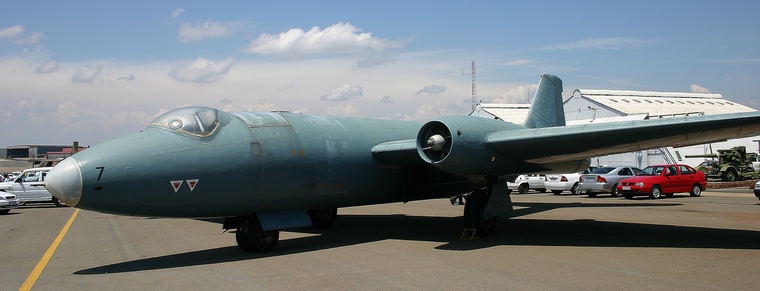
In spite of these incidents the Museum remains a critical part of efforts to preserve South Africa's aviation heritage. Recently introduced changes include the formation of the Museum Heritage Trust to oversee management of the Museum and its exhibits, while airworthy aircraft are currently being placed on the South African civil aircraft register. The composition of the Historic Flight changes in accordance with maintenance schedules on the remaining airworthy aircraft but the unit still displays at air shows in the greater Gauteng area.
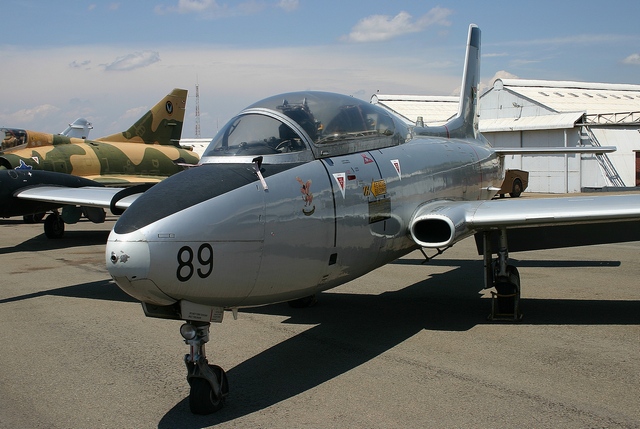
Volunteers contribute through their efforts in rebuilding, restoring and maintaining Museum static display exhibits at Zwartkop and the friends in Cape Town have completed restoration of a Bofors anti-aircraft gun plus a Marmon Herrington armoured car to their former glory. Efforts to complete restoring the historic 'Coelacanth Dakota' 6832 in Cape Town as well as the Airspeed Oxford in Port Elizabeth, continue.
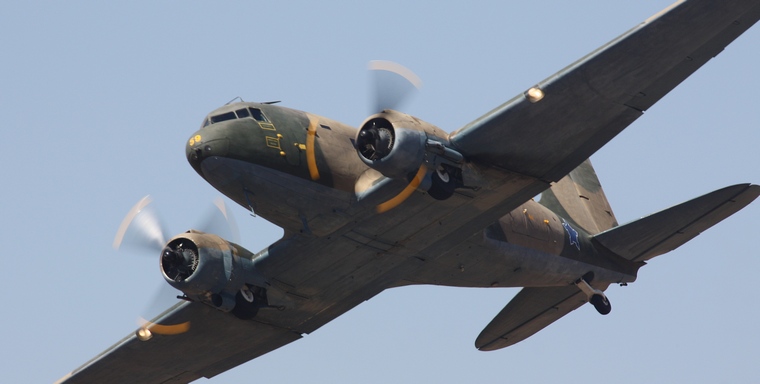
Since being headquartered at AFB Zwartkop, the SAAF Museum has covered an immense amount of ground with the limited resources at its disposal. The Museum's main functions in preserving the militaria and memorabilia collection as well as the aircraft and other exhibits on static display associated with the SAAF as well as the restoration of SAAF aircraft to both static and flying condition can essentially be divided into three areas:
· Historical research and preservation of documentation and photographs
· The display and storage of aviation-related artifacts
· Operation of the historic aircraft flight
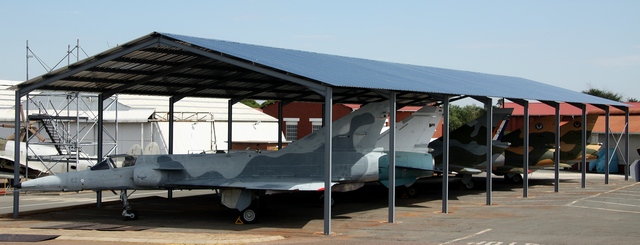
Research
Research is centered at the Museum's administrative headquarters at AFB Zwartkop and personnel are responsible for historical research on behalf of Squadrons, local and overseas researchers, as well as members of the public. Photographing and documenting current SAAF aircraft, the organisation and maintenance of a photographic archive and display of model aircraft also fall within its realm. A Museum Reference library for research has been established to collate the valuable collection of periodicals and technical books dating back to the First World War, aircrew logbooks, maps, posters, press cuttings and other SAAF ephemera constantly being donated by members of the public.
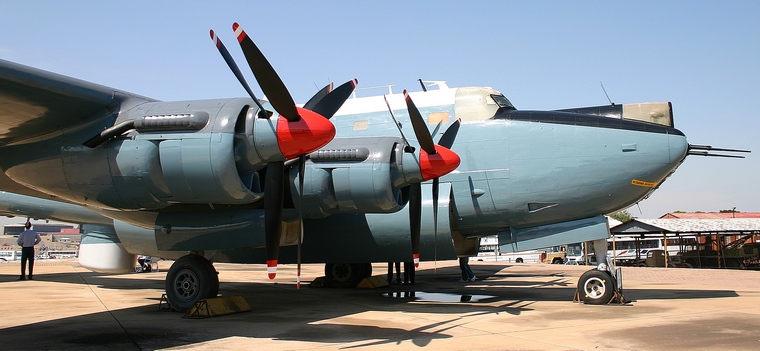
Storage and Display
The second main task of the Museum is the recovery and storage and display of aeronautical items. A large collection of aircraft engines, wooden propellers, aircraft spares and parts, airfield vehicles and airframes are presently in storage. In separate storage facilities, the Museum's collection of armaments, badges, medals, uniforms and flying clothing are housed. Presently, in addition to the main display hall, five of the original six aircraft hangers built in 1922 contain aircraft and other aviation related artifacts on static display.
The Historic Flight
The Museum's Historic Flight operates more aircraft than some operational Squadrons in the SAAF. Stringent aircraft maintenance standards combined with strict criteria for accepting pilots to fly at air shows has ensured an enviable safety record. The logistical problems faced by the Museum's engineering staff derive from the operation of individual aircraft types each requiring parts no longer readily available. The airworthy aircraft are maintained and flown by the Museum's historic flight using volunteer and SAAF Museum ground crew together with aircrew from other SAAF Squadrons. All the airworthy Museum aircraft will eventually be based at Zwartkop for logistical purposes while the satellite museums in Cape Town and Port Elizabeth will only have aircraft in static display condition.
The Future
Due to financial constraints, the SAAF Museum is in the process of being scaled back. The Air Force has been faced with a number of harsh decisions during the past decade with the downsizing of the aircraft of the fleet (a world wide phenomenon) and keeping the whole Museum's fleet of aircraft in the air in the light of the current budget restraints is no longer viable. The Museum Board has recommended the scaling down of operations and an investigation into forming partnerships with other organisations to preserve our aviation heritage is ongoing.
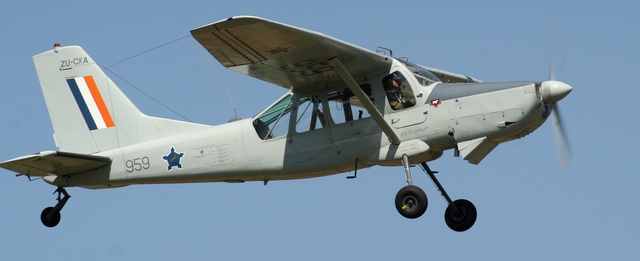
The Research Section is being ably assisted by the Scale Modellers Club, a group of volunteer enthusiasts who bring their skills and expertise to the SAAF Museum, providing valuable assistance in repairing, displaying and maintaining the Museum's extensive collection of model aircraft that have been donated by members of the public over the years. Another welcome addition to the SAAF Museum Research Section has been the formation of the SAAF Museum Photographic Club. This group is made up of professional and amateur photographers who specialise in aircraft and aviation photography. They are providing invaluable assistance to the Research Section in the photographing and recording of the Museum archive documentation, ephemera and static displays.
The SAAF has taken the decision to separate the static and flying elements of the Museum. The area currently occupied by the SAAF Museum at Zwartkop remains State property and houses the static displays of the Museum that will remain a Force Structure Element (FSE). The airfield was declared a National Conservation site in February 2000. The flying element of the Museum is housed in 14 Hanger that is located within the operational area of Air Force Base Zwartkop. This area is not open to members of the public. A number of options exist to ensure that a number of aircraft are kept flying but these options are still under investigation. Time, expertise and contributions from the South African public and industry are vital as this will ultimately determine the future of the SAAF Museum's flying element as well as the static display element.
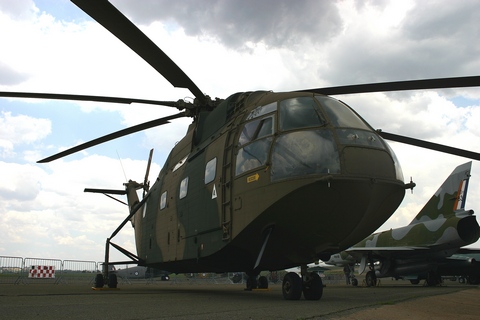
Investigations into the joint military/civil use of AFB Ysterplaat is underway and one possibility is to relocate the Ysterplaat satellite museum to a consolidated site offering easier access and better storage facilities. The Port Elizabeth satellite museum is already occupying space on municipal land that has been taken over by a trust. The Durban Museum has closed and all the aircraft and static displays that were housed there have been transferred to the other three Museums.
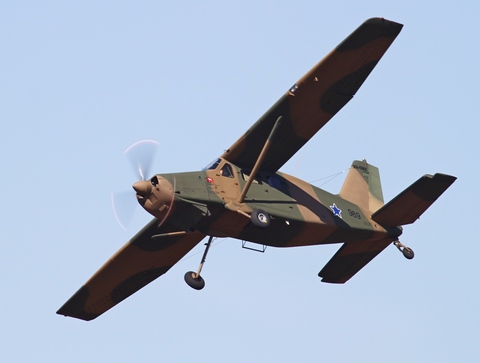
AFB Zwartkop in Pretoria is the official home of the SAAF Museum together with 17 Squadron that continues to operate the Oryx and the Agusta 109 helicopters. Air Force Base Zwartkop is South Africa's oldest operational military airfield so it is a fitting home for the SAAF Museum and a lasting memorial to all the men and women who served in the SAAF since its inception in 1920. The Museum also offers a unique experience for visitors to have limited access to an operational military base even though the operational Squadrons are not open to the public. In addition, there are the two satellite museums at AFB Ysterplaat in Cape Town, and in Port Elizabeth. A number of the Museum's airworthy jet aircraft such as the Mirage III are maintained at AFB Hoedspruit.
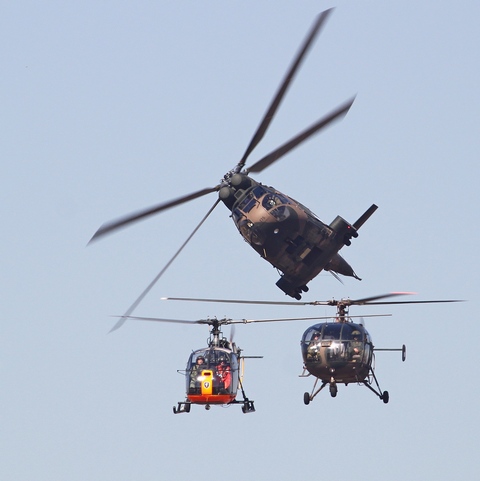
The SAAF museum attracts over 5,000 foreign and local visitors every year and holds a regular flying day on the first Saturday of every month with the exception of the month of January. A Museum air show is also held once a year, normally in May or June. These air shows are always well attended, with the most recent in June 2012 attracting some 30,000 members of the public. The base is beautifully laid out for displays with most of the static exhibits positioned inside a row of original 'twin-shed' hangars that formed part of the British Government's Imperial Gift and were erected during 1922. The Museum continues to remain a traditional repository for almost every retired SAAF aircraft type, weapon system or equipment item and on occasion; civilian aircraft or development prototypes have also been donated to the unit's care. A project currently in progress is the restoration of Hanger 4 which will later this year house a comprehensive display of aircraft, weapon systems and militaria used by the former TBVC States as well as the forces of MK and APLA.
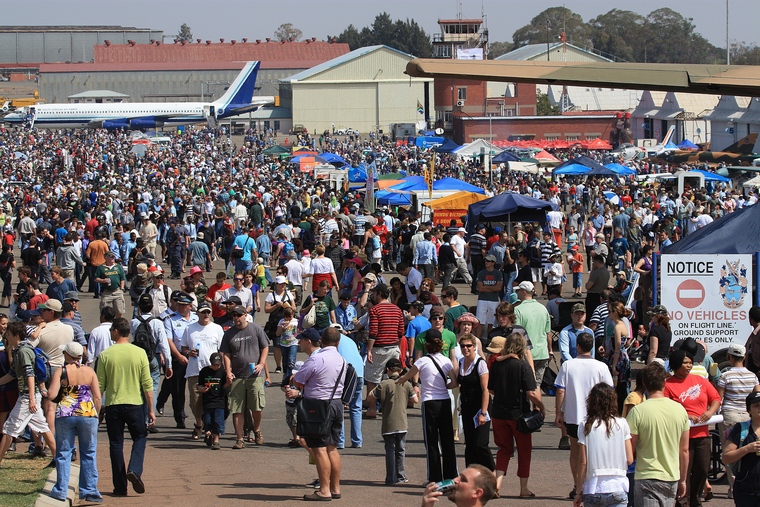
The South African Air Force has a proud heritage based on achievement and personal sacrifice that spans an area from the continent of Antarctica, through South West Africa, East Africa, West Africa, North Africa and the Western Desert, Libya and Tunisia, Egypt, Arabia and the Near East, the Mediterranean and Aegean Islands, Sicily, Italy, Greece, Yugoslavia in the Balkans, Poland, Romania, Bulgaria and Austria through to the mountains of Korea. The story of the South African men, women and machines that forged this illustrious history through service and self sacrifice not only while serving in South African Forces but also while serving in other Air Forces of the Commonwealth, must be told and preserved. For this reason, the SAAF Museum was given the mandate to ensure that the proud SAAF heritage, history and traditions are preserved and displayed for future generations.
and the Facebook page:
 |
 |
 Copyright © 2024 Pilot's Post PTY Ltd
The information, views and opinions by the authors contributing to Pilot’s Post are not necessarily those of the editor or other writers at Pilot’s Post.
Copyright © 2024 Pilot's Post PTY Ltd
The information, views and opinions by the authors contributing to Pilot’s Post are not necessarily those of the editor or other writers at Pilot’s Post.